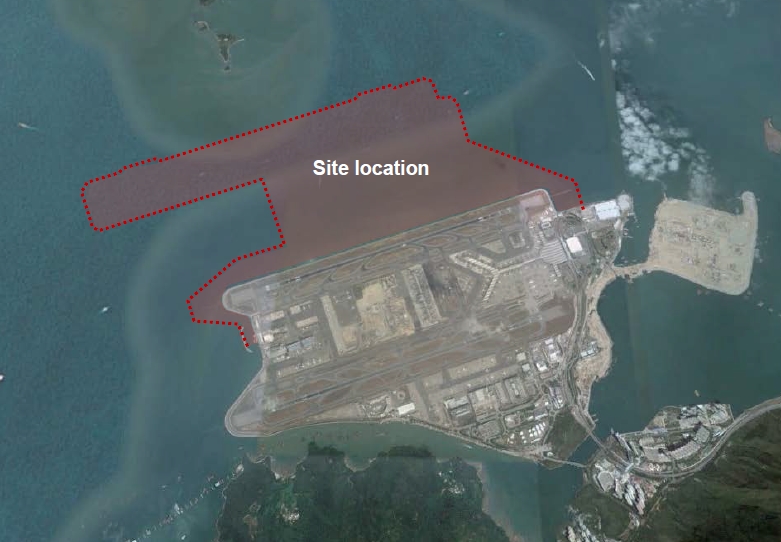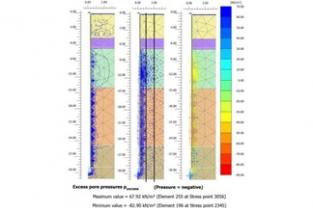Hong-Kong International Airport has been experiencing significant growth rates in passenger and cargo traffic. To meet the growing demand, Hong-Kong Airport Authority, the operator of the airport, has come up with Master Plan 2030, which outlined the future development plans for the airport.
The extension of Hong-Kong airport begins with the reclamation of approximately 650 ha of land towards the north end of the airport. Various methods including non-dredge methods such as deep cement mixing technique and stone columns will be used for the reclamation.
To expand the airport into a three-runway system, a new 3,800m-long runway will be constructed along with additional taxiway systems. The existing north runway will also be reconstructed.
In the scope of Hong-Kong Chek Lap Kok International Airport Third Runway Extension Project, Terrasol provides its client M&L Engineering with geotechnical expertise for the assessment of soil investigations and the feasibility study of the stone columns reinforcement solution.
This assignement was performed in the framework of the tender submission, and our mission consisted both in securing and optimizing the soil reinforcement solution.
The design lead to the conclusion that the stone columns should be of nominal diameter 1 m and that the columns closest center-to-center spacing should be 1.8 m.
This design layout corresponds to a replacement ratio of 23 %.
The stone columns shall be installed and compacted with a large depth vibrator using the dry bottom-feed process at 40 m of depth, which are quite exceptional execution conditions.
Terrasol’s achievements:
- CPT analysis
- Geotechnical expertise
- Design of stone columns taking into account very difficult geotechnical conditions
 Agent Access
Agent Access 





